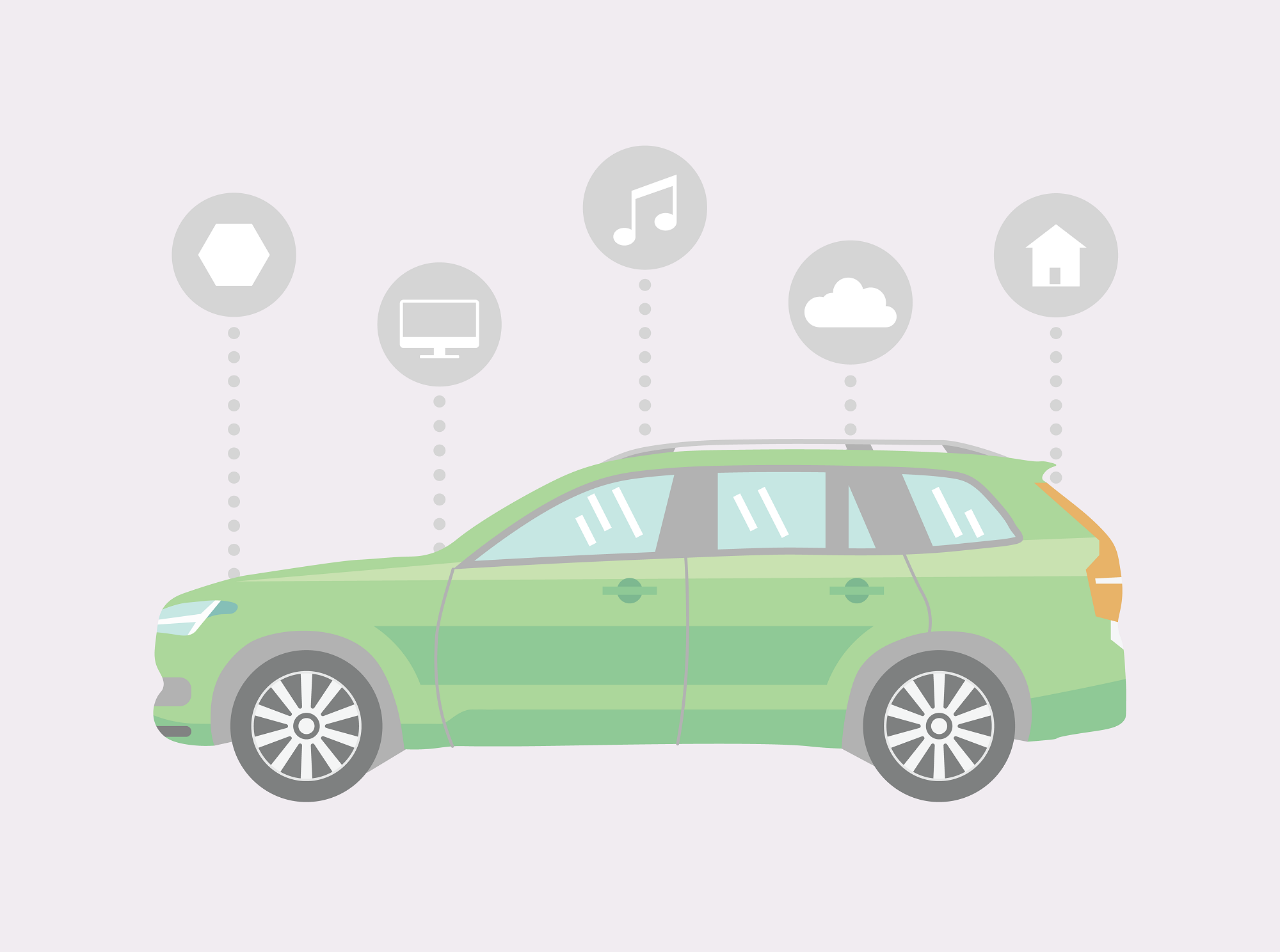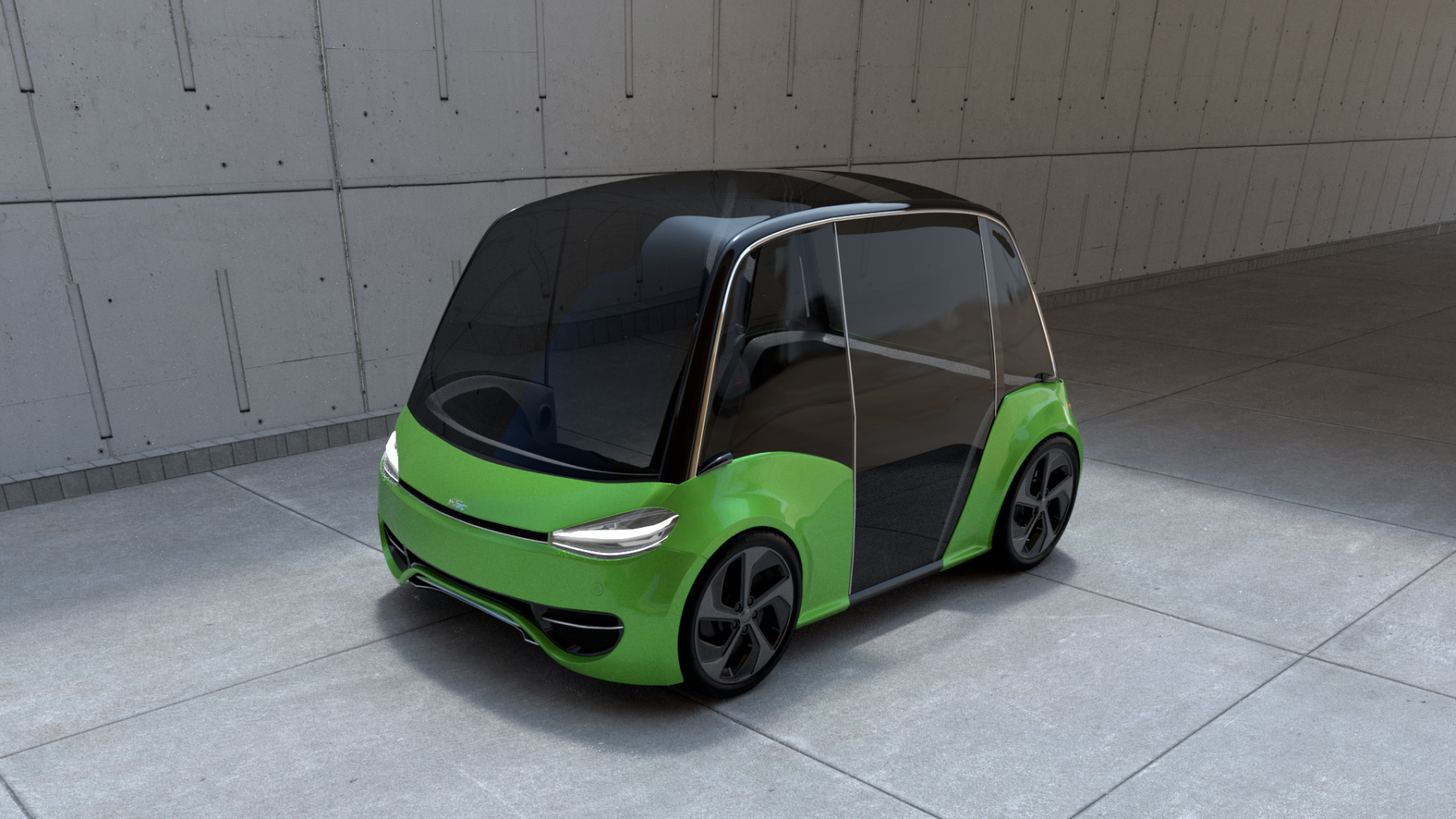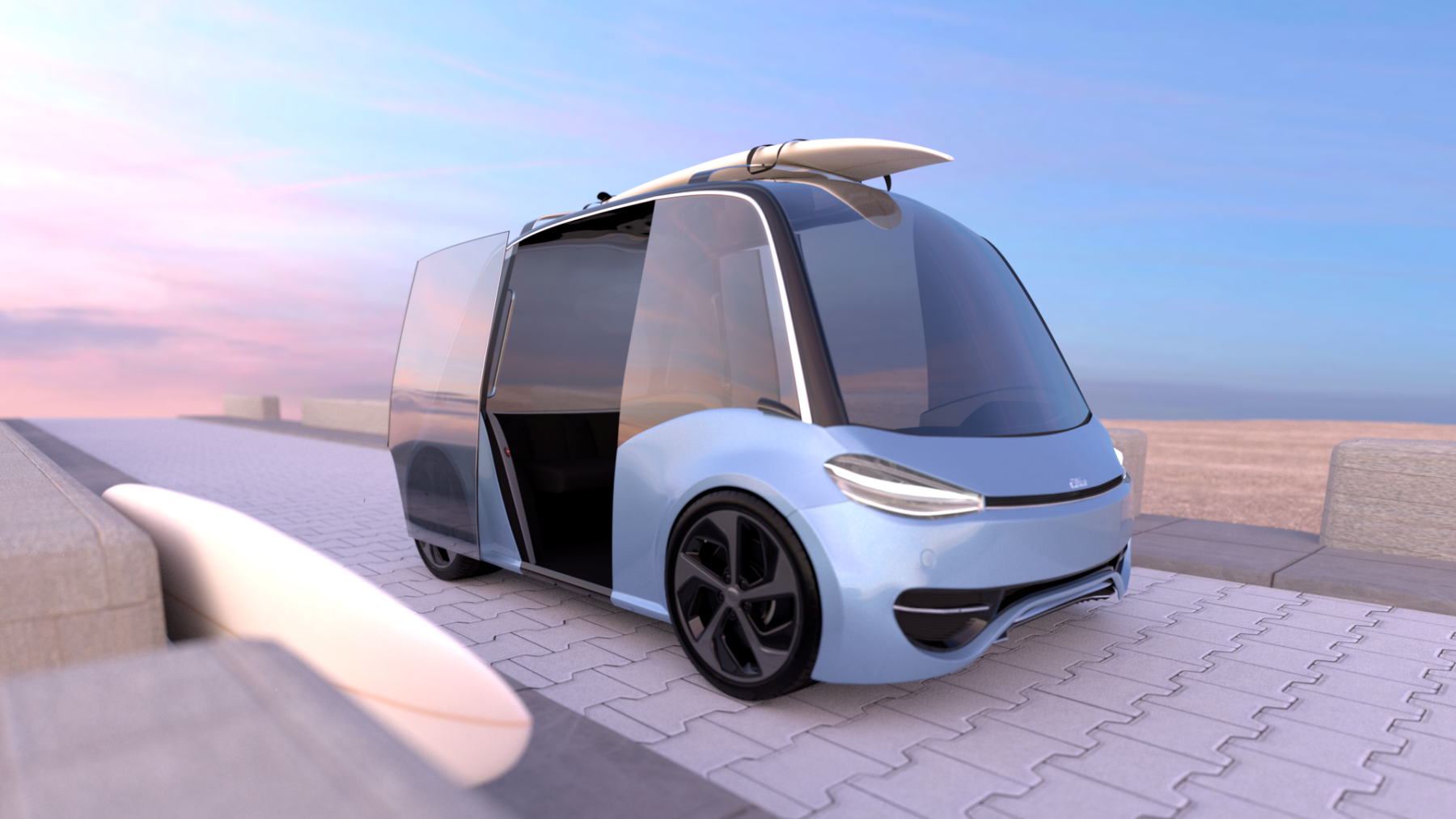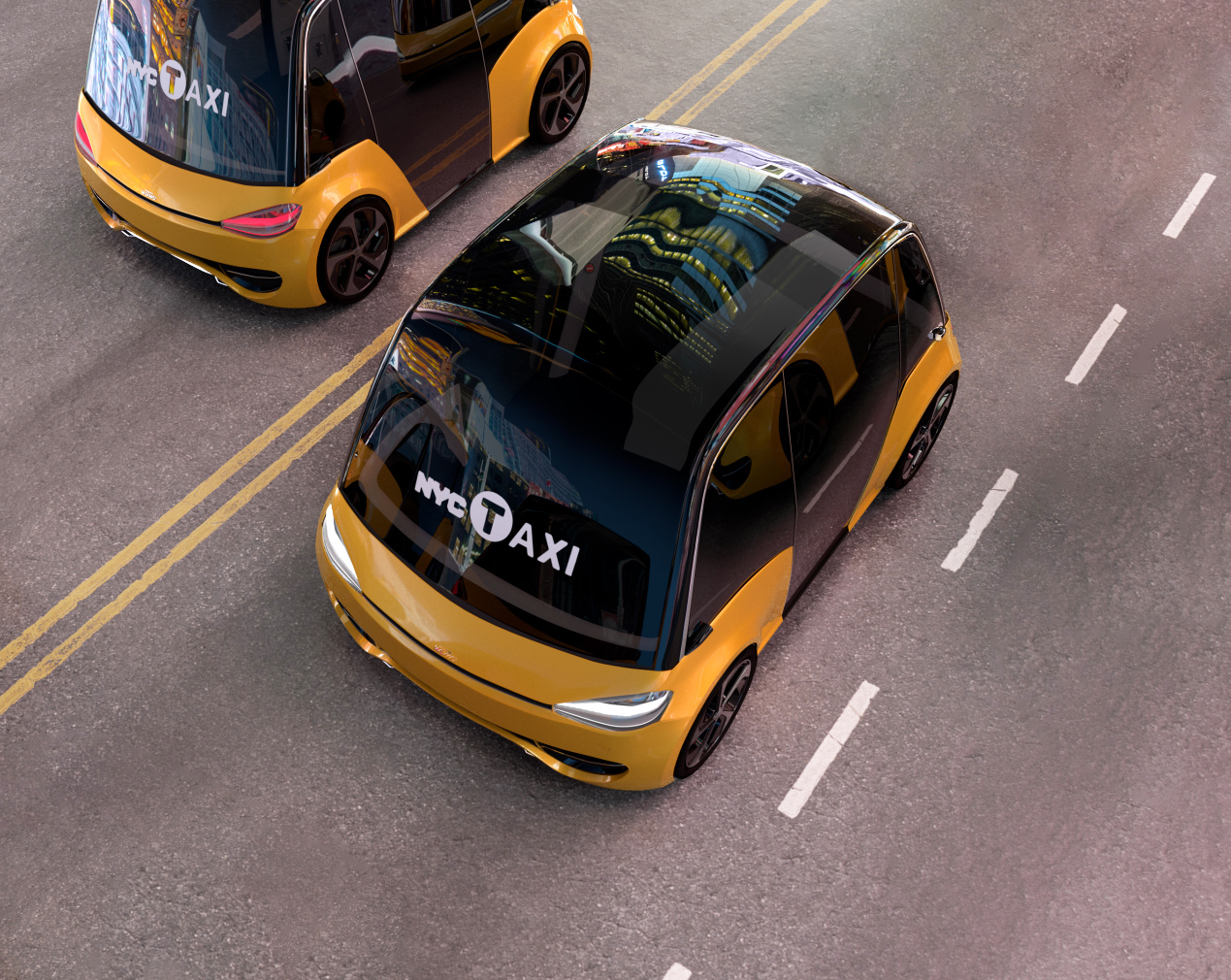resourcesfrom | usTwoconcept | the Roo self-driving vehicle.
January 1, 2022

the Kurzweil Library
section: resources
type: concept
label ::

label ::
studio: usTwo
web: home ~ channel
banner: We create digital products + services that matter.
story ::
We’re usTwo — a global digital design studio. In our concept projects we explore an ergonomic point-of-view. The automobile industry’s approach to autonomous driving is imbalanced. We focus on human factors — plus the tech challenges of fully self-driving vehicles. We envision human-friendly self-driving transportation.
Toward a driverless tomorrow.
Autonomous vehicles promise to make a meaningful difference — mobility, independence, and safety for all people. But most talk is about mechanical steps to make this possible, and impact to our roadways. But not on user needs.
For people to accept driverless vehicles, they must be accessible to everybody. What are people’s wants + needs? The key to a human approach to autonomy. What roles will we miss when there’s no longer a driver? In a driver-less future, how will we hail a taxi? We look beyond apps to make the future inclusive.
We can improve pedestrian safety through smart-tones. We’re exploring auditory concepts to communicate risk to pedestrians — for a safer relationship with automated vehicles.
Meet the Roo by usTwo.
What could a driverless car look like? Picture yourself standing on the street 10 years from now. Those noisy, dirty, and unsafe cars driving past won’t be there anymore. The road will be filled with peaceful, clean, safe vehicles — like the Roo by usTwo.
The usTwo Roo — named after kangaroos that carry their passengers as they hop around town — is a driverless concept car. Our autonomous vehicle (AV) has miniature wing mirrors and modular seating.
Automobile brands are becoming tech companies. The winners will be brands that combine software with emotional intelligence — insight into how people behave.
— usTwo
book ::
no. 1
studio: usTwo
book Humanising autonomy.
deck: Where are we going?
year: 2017
book ::
no. 2
studio: usTwo
book: Thoughts on in-car human-machine-interface.
deck: Are we there yet?
year: 2017
reading ::
publication: the UsTwo blog
web: home
banner: think ~ share ~ learn
Stories from the blog.
read :: 12 ways to humanize autonomy.
read :: a glance at the future of external vehicular sounds.
read :: car talk: thoughts on the near future of mobility.
read :: connected cars need to care.
read :: hailing a driverless taxi.
read :: humanising autonomy.
read :: people + driverless vehicles.
read :: the near future of in-car human-machines interface.
concept ::
a :: Roo self-driving mini-car
b :: Roo self-driving mini-van
c :: Roo self-driving taxi
credit: UsTwo
image | below
a. | Roo self-driving mini-car.

image | below
b. | Roo self-driving mini-van.

image | below
c. | Roo self-driving taxi.

FILE CABINET
notes ::
HMI = human-machine interface
AV = autonomous vehicle
app = application
